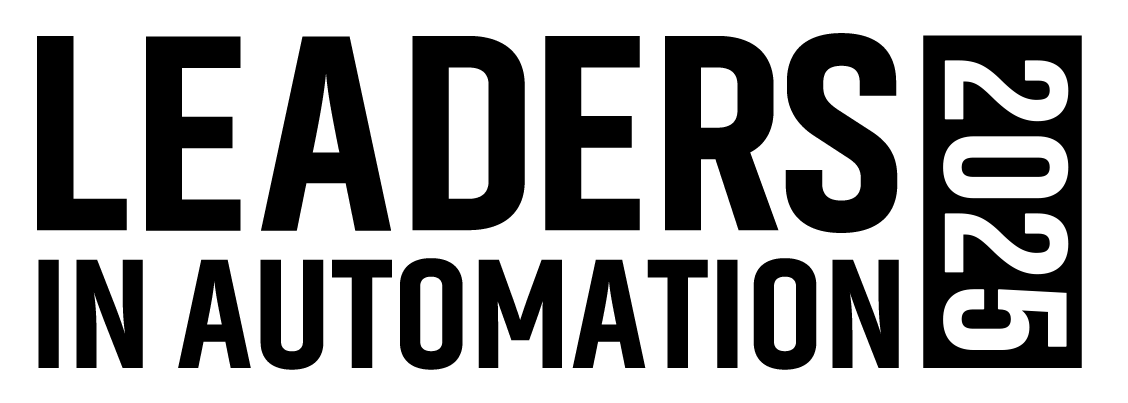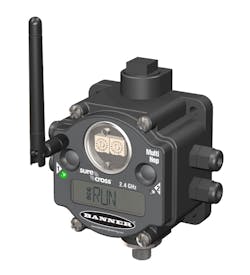Utilities are increasingly leading the way in demonstrating how industrial facilities of all kinds can apply wireless networks to take advantage of low-power wireless technologies and more easily monitor devices that were either difficult to reach with wires or too far away to practically run cable to them.
To address remote application needs like lift station control, large-scale irrigation automation and detention pond management, Banner Engineering Corp. has introduced its SureCross MultiHop radios that can be used to connect to existing plant-wide control system's I/O devices.
SureCross MultiHop radios transmit at 1 watt with license-free operation in the Industrial Scientific and Medical (ISM) band—no monthly data plan or annual fees are required. With a high-gain antenna, a range of over 6 miles per hop can be achieved. All I/O communication is performed on a Modbus platform and can be integrated with existing PLCs, HMIs or other plant-wide systems. MultiHop radios are available in the 2.4 GHz bandwidth to meet worldwide radio compliance restrictions.
About the Author
David Greenfield, editor in chief
Editor in Chief

Leaders relevant to this article:
